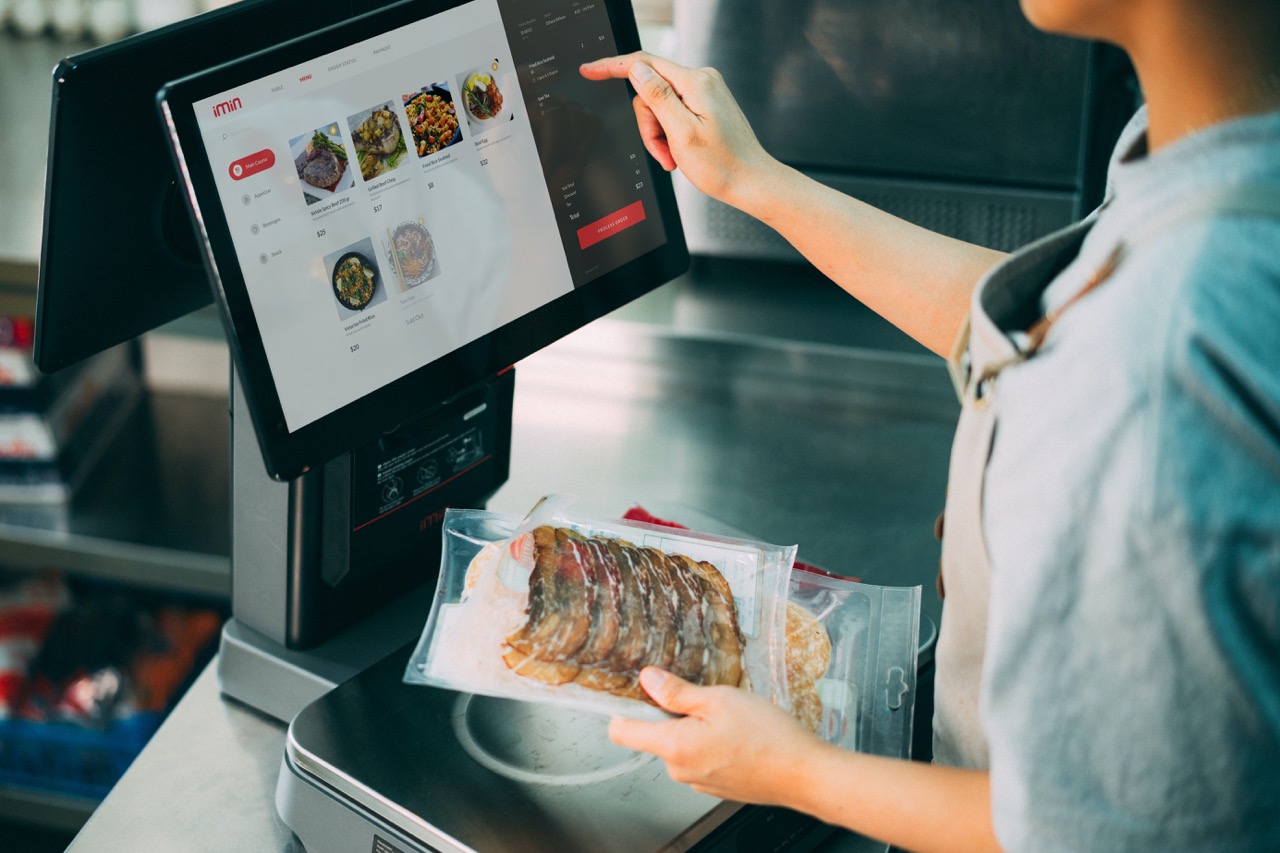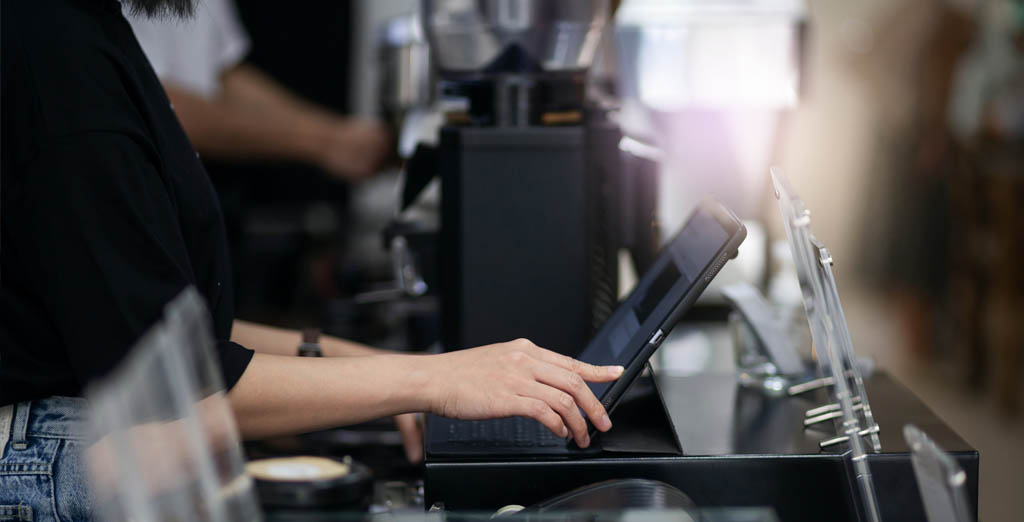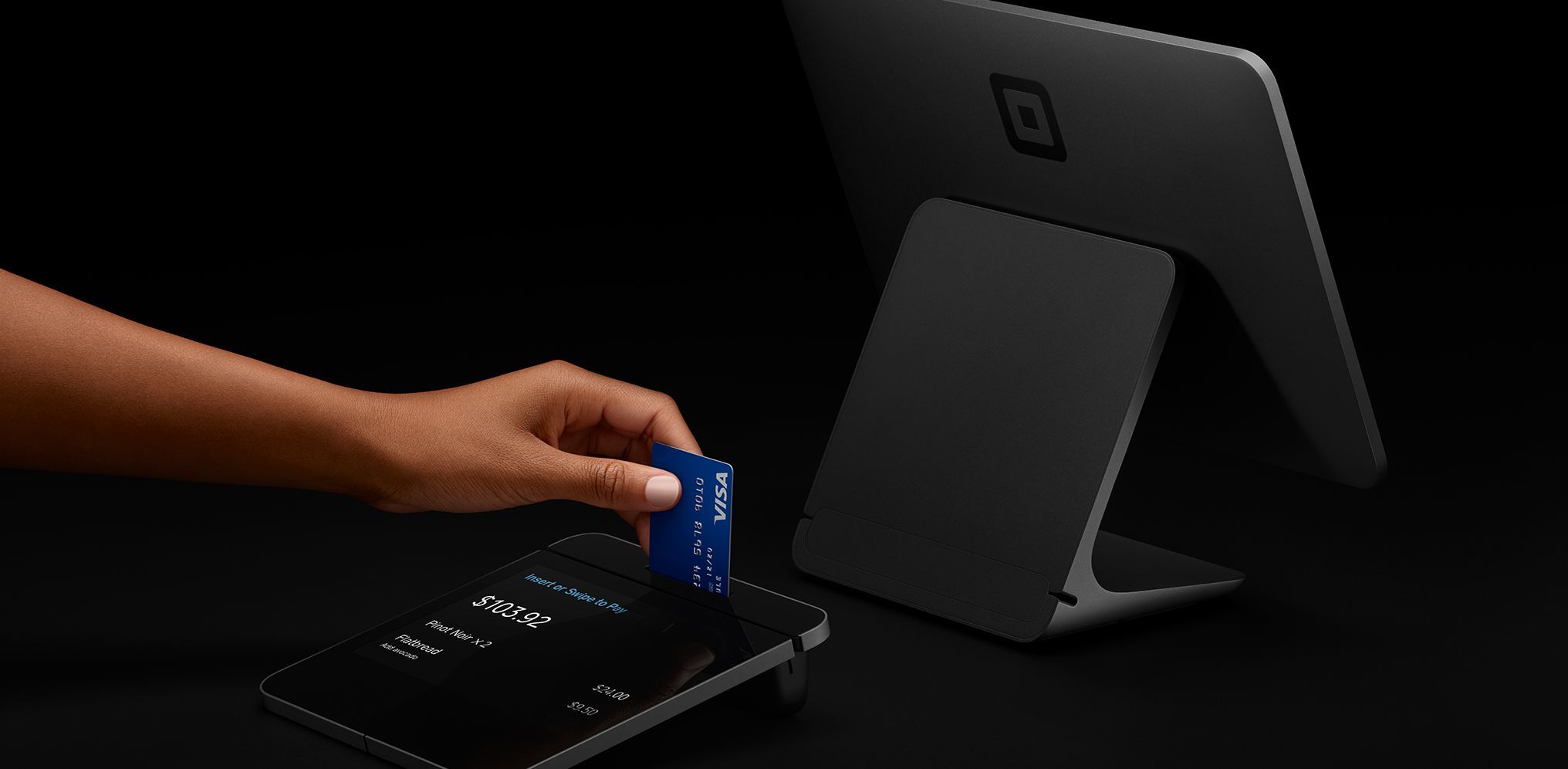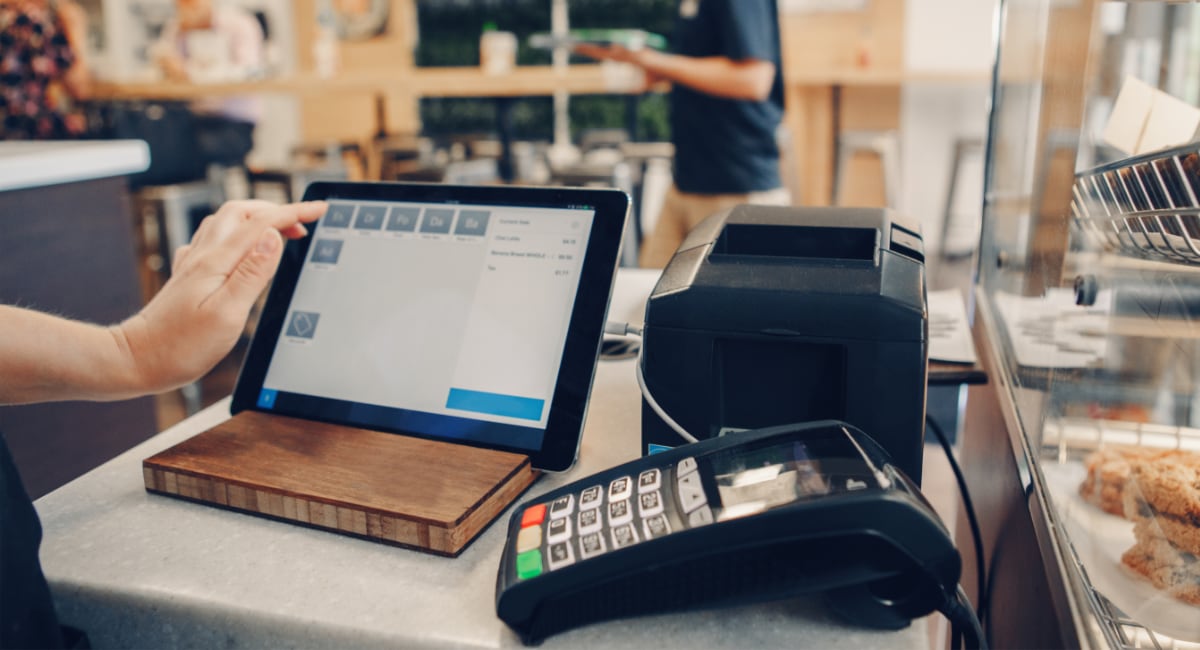Transitioning from Manual to POS: What to Expect

Running a beauty salon or parlour comes with its own set of daily challenges—scheduling appointments, tracking inventory, handling walk-ins, managing payments, and keeping staff organized. Many salon owners start out managing these tasks manually with notebooks, registers, or spreadsheets. While that might work for a while, as your business grows, manual systems can become chaotic and error-prone.
That’s where a POS (Point of Sale) system steps in. Transitioning to a digital POS system is a big step, but it’s one that can transform the way you run your salon.
Here’s what to expect when making the move from manual to digital—and why it’s worth it.
📌 Why Switch to a POS System?
Manual processes might feel familiar, but they come with risks:
- Inaccurate records
- Lost sales data
- Missed appointments
- Inventory mismanagement
- Slow billing and checkouts
A POS system can help you manage all of that in one place. From taking bookings and tracking stock to managing payroll and analyzing sales, a POS is like having an extra (and very organized) manager in your salon.
🛠️ What to Expect During the Transition
Transitioning to a POS system isn’t difficult, but it does require some initial effort. Here’s a breakdown of what the process looks like:
1. Choosing the Right POS System
Every salon has different needs. Do you need robust appointment booking? Employee commission tracking? Inventory management?
Research and choose a POS system that suits your salon size, service offerings, and budget. Popular salon POS systems include Fresha, Square for Salons, Vagaro, and Zenoti.
2. Data Migration
Once you choose a system, the next step is migrating your existing records into it. This includes:
- Client contact details
- Appointment history
- Product inventory
- Pricing and services
- Employee details and commissions
Most POS providers offer support or tools to help with the migration. This step may take time, especially if your data is scattered across notebooks or spreadsheets—but once it’s done, your entire operation becomes much smoother.
3. Training Your Staff
Change can be uncomfortable, especially for team members who are used to manual processes. Take time to train your staff on how to use the system. Most POS platforms offer tutorials, demos, and customer support.
Training should include:
- Booking and modifying appointments
- Processing sales and payments
- Tracking tips and commissions
- Clocking in and out
Once your team is comfortable, they’ll realize how much easier their job becomes.
4. Initial Adjustment Period
Expect a short adjustment period as everyone gets used to the new system. There may be small hiccups—missed clicks, forgotten steps, or slight delays—but these will fade quickly as your team gains confidence.
✅ Benefits You’ll Notice Immediately
The results of switching to a POS are often felt within days:
- Faster checkouts and fewer errors at the register
- More accurate scheduling, reducing double-bookings or no-shows
- Better inventory control, so you never run out of key products
- Clear reports on sales, top-performing staff, and customer trends
- Happier clients, thanks to smoother service and communication
💡 Tips for a Smooth Transition
- Back up all manual data before importing
- Do a soft launch for 1–2 days to test the system
- Encourage staff feedback during the transition
- Set realistic expectations and timelines
- Use customer support offered by your POS provider
Final Thoughts
Switching from manual operations to a salon POS system might feel like a big change—but it’s a change that pays off in saved time, improved accuracy, and better customer experiences.
Think of it as upgrading your toolkit. You’re not just adopting new tech—you’re stepping into a more professional, efficient, and profitable way to run your beauty business.






